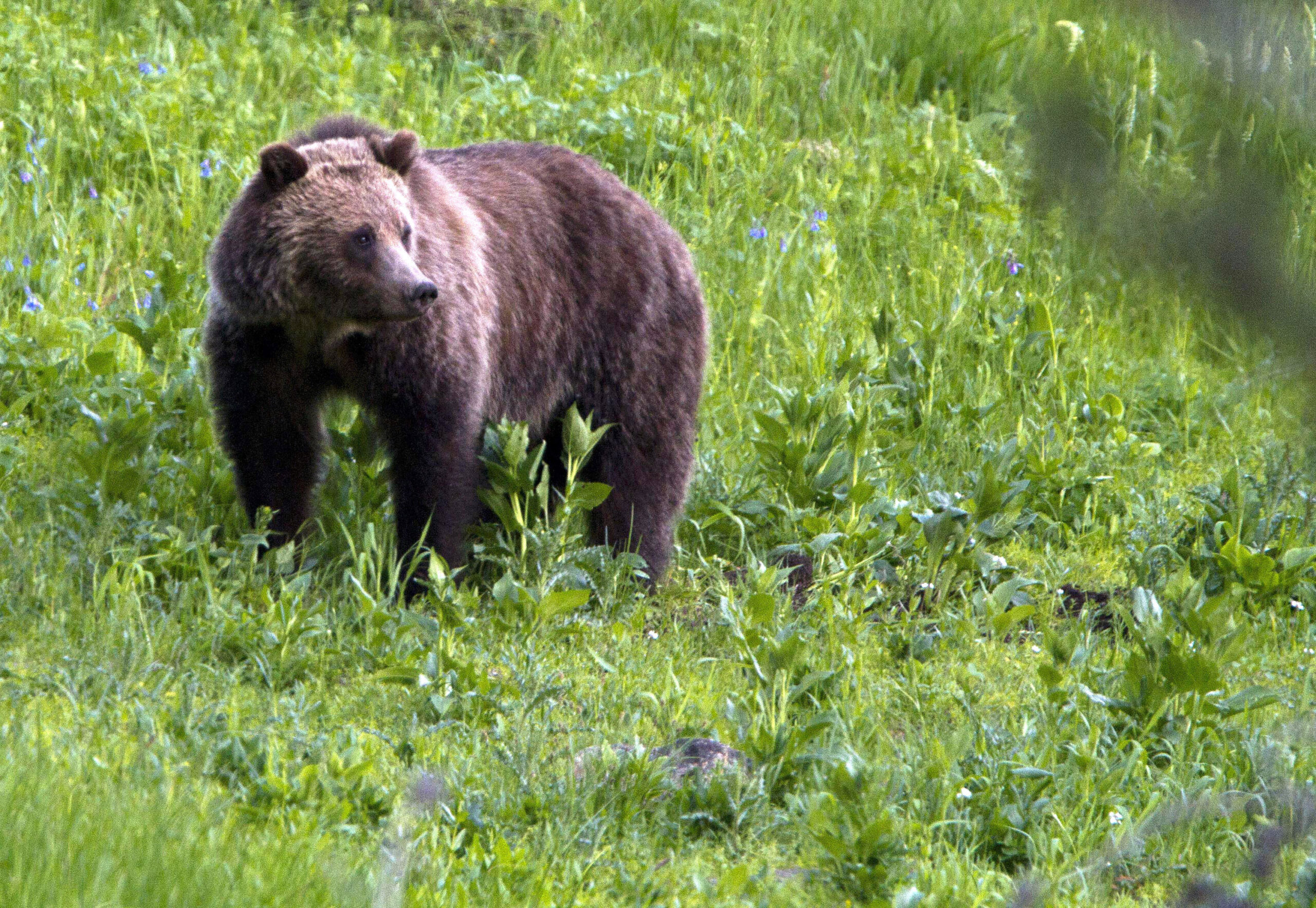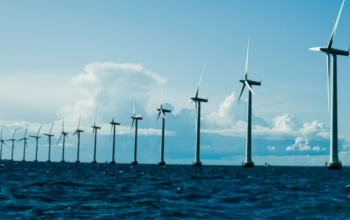The juxtaposition between Georgia’s new nuclear plant and California’s imaginary high-speed rail shows the difference between GOP and Democratic approaches to the environment.
Georgia has completed the second of two nuclear reactors, the first two new nuclear reactors built in the United States since 1996. On the downside, the plant came in over budget and behind schedule. The plant cost $35 billion instead of the projected $14 billion and was completed seven years behind schedule. On the bright side, Georgia is now the largest generator of clean energy in the country. How is that for a trade-off?
Let’s compare that to the Democratic Party’s chosen gold standard of the Golden State. California has been going through a bit of an energy crisis, with state leaders backtracking on closing the state’s last nuclear plant, backtracking on closing a gas storage facility, and relying on “dirty” energy to keep the lights on after several years of rolling blackouts gave Gov. Gavin Newsom (D-CA) a political black eye.
But California has its own grand climate-saving plan in the form of the high-speed rail. Like Georgia’s nuclear plant, California’s high-speed rail is over budget and behind schedule. In 2008, the project was projected to be done by 2020 and cost $33 billion. Now, it has shrunk the line from its 500-mile Los Angeles-to-San Francisco dream to a 170-mile Merced-to-Bakersfield line, which is projected to be done by 2033 and somehow cost more, at $35 billion. The total project sits at an “optimistic” estimate of $128 billion.
In other words, California’s high-speed rail is far more expensive and much further behind schedule than Georgia’s nuclear plant. Another way the projects are different: Georgia’s plant is completed and operational, while California is yet to begin even laying track despite breaking ground in 2015. Georgia’s project made it the largest clean energy producer in the country, and California’s made it the largest laughingstock in the country.
Georgia’s nuclear plant is better both for the environment and for residents in every way than California’s far more bloated, far less likely to ever be built train. Given that California has its own clean energy needs that are going unmet, perhaps the state could have taken a cue from Georgia to build something that is actually useful and can actually be built in this generation. Maybe red states are just better at “saving the planet” than climate-obsessed blue states.
















